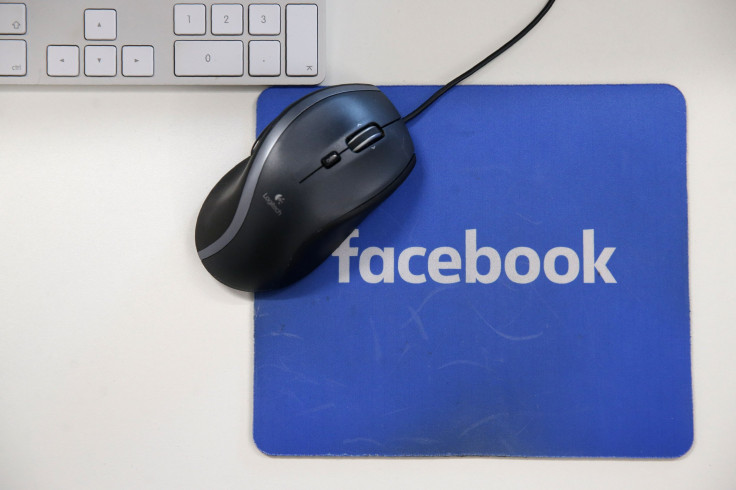Can Facebook And Amazon Take On YouTube?

This article originally appeared in the Motley Fool.
Alphabet's (NASDAQ:GOOGL) (NASDAQ:GOOG) YouTube has long maintained the top position in the video-sharing realm. The site hosts over 1.5 billion viewers every month, with a global reach that spans 90 countries, in 80 different languages. Each day, its users watch a billion hours of video. It even claims to reach more viewers in the 18- to 34-year-old and 18- to 49-year-old demographics than any cable network in the U.S.
With that type of reach, it's easy to see why other companies would be keen to break YouTube's supremacy in the space. And two of the world's largest tech companies, Facebook (NASDAQ:FB) and Amazon.com (NASDAQ:AMZN), are reportedly considering incursions into what has long been YouTube's domain.
Growing Competition
Facebook launched its Watch service back in August, as a home for longer-form video content like cooking shows, live sports, and reality shows. The company initially seeded the platform with programming it paid for, hoping to later add individual content providers akin to YouTube.
The company is now planning to create a system that would allow original content creators to upload their programming to the Watch platform for free and earn a portion of the advertising revenue, according to a report by CNBC (a Comcast subsidiary). The company wouldn't buy the rights to these shows, instead seeking to create a self-sustaining platform for the programming. Facebook recently announced it would test pre-roll advertising in some shows on the Watch platform.
By making this move, Facebook would create another venue for advertising on its social network, and companies would be able to select the programs their brands are associated with.
Amazon has a program called Amazon Video Direct which lets "content creators and visual storytellers reach millions of Amazon Video customers." The platform allows providers to choose royalties based on hours streamed; to share revenue for rentals, purchases, monthly subscriptions, or ad impressions; or some combination of those options. The programs are then available to subscribers of Amazon Prime Video, though the would-be YouTube competitor has had limited success since its debut in mid-2016.
Amazon has been exploring additional opportunities to expand its offerings and work more closely with advertisers by supplying more data than it has previously, and pairing information about what viewers are watching with what they are buying on the e-commerce platform, according to CNBC. Amazon is also considering acting as go-between with companies and video producers to generate sponsored content, and taking a cut.
YouTube Provided An Opening
This potential competition comes at a time of transition for the video platform. YouTube recently announced it was instituting stricter ad policies and making its revenue-sharing program more selective.
To qualify to earn ad revenue from their content under the new guidelines, creators will need to accrue 4,000 hours of watched video within the prior 12 months, and have a minimum of 1,000 subscribers. These new rules not only apply to new content creators, but will retroactively apply to existing partners as well.
YouTube pointed out that this culling of the ranks wouldn't impact the majority of the biggest earners on the platform. It stated that 99% of those affected by the revised guidelines earned less than $100 in the last year, while 90% pocketed less than $2.50 in the preceding 30 days.
Not A Walk In The Park
It is important to remember that any move by other companies to enter the video-sharing space comes with inherent risk. YouTube has produced its share of controversy. Last year, marketers began to boycott the platform when they became aware that their ads appeared with videos that supported extremist views.
The portion of its site aimed at younger audiences, YouTube Kids, sparked outrage when inappropriate comments were found on hundreds of thousands of videos, and when kids were targeted by alleged child predators, causing several major brands to pull their advertising. YouTube was forced to pull more than 150,000 videos and removed the ability to comment on another 625,000.
The digital video advertising market topped $5.2 billion during the first half of 2017, up 36% year over year for the same time period, according to data from the Interactive Advertising Bureau. While YouTube has dominated the growing advertising market thus far, those days may be coming to an end as recent controversy, and changes at the video-sharing platform may have provided an opening for the competition.

John Mackey, CEO of Whole Foods Market, an Amazon subsidiary, is a member of The Motley Fool’s board of directors. Suzanne Frey, an executive at Alphabet, is a member of The Motley Fool’s board of directors. Danny Vena owns shares of Alphabet (A shares), Amazon, and Facebook. The Motley Fool owns shares of and recommends Alphabet (A shares), Alphabet (C shares), Amazon, and Facebook. The Motley Fool has the following options: short March 2018 $200 calls on Facebook and long March 2018 $170 puts on Facebook. The Motley Fool recommends Comcast. The Motley Fool has a disclosure policy.




















